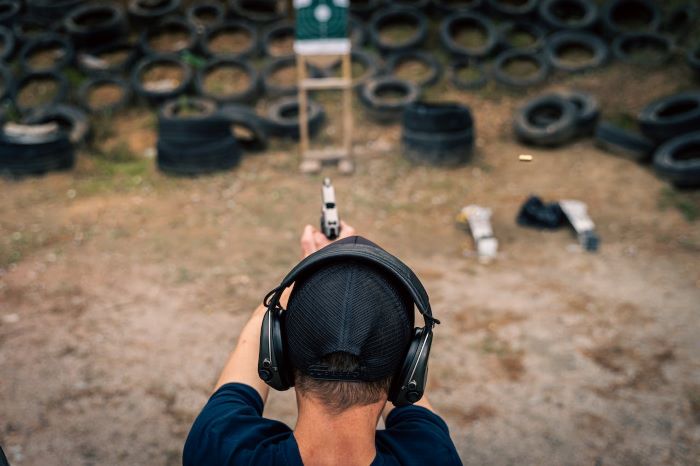The Environmental Impact of Gear Holster Manufacturing and How to Choose Responsibly

In recent years, the conversation around environmental sustainability has gained significant traction across various industries. The manufacturing of gear holsters, an essential item for law enforcement, military personnel, and outdoor enthusiasts, is no exception. This article delves into the environmental impact of gear holster manufacturing and offers guidance on making responsible choices.
Understanding the Environmental Footprint
Gear holsters are typically made from materials like leather, nylon, or thermoplastic polymers. Each of these materials carries a unique environmental footprint.
Leather Holsters
Leather, a traditional material for holsters, is prized for its durability and aesthetic appeal. However, its production is resource-intensive, involving extensive water use and chemical treatments for tanning and dyeing. The livestock industry, a primary source of leather, is a significant contributor to greenhouse gas emissions. Moreover, the tanning process often involves toxic chemicals that can harm aquatic ecosystems if not managed properly.
Synthetic Holsters
Nylon and thermoplastics, popular in modern holster designs, offer lightweight and weather-resistant qualities. Their production, however, relies heavily on the petrochemical industry. The extraction and processing of these materials are energy-intensive and contribute to carbon emissions. Additionally, the non-biodegradable nature of these synthetics poses a challenge in waste management, leading to potential long-term environmental impacts.
Sustainable Practices in Manufacturing
The shift towards sustainable manufacturing practices is crucial in mitigating these environmental impacts. Some manufacturers are adopting eco-friendly practices such as using recycled materials, minimizing waste, and implementing energy-efficient production methods. For instance, recycled nylon or eco-leather, made with less water and chemicals, are becoming more popular.
Moreover, companies are increasingly aware of their carbon footprint, with some investing in renewable energy sources for their production facilities or offsetting their carbon emissions through various environmental initiatives.
How to Choose Responsibly
As a consumer, you play a vital role in promoting environmental sustainability. Here are some tips to help you make responsible choices when selecting a gear holster:
- Research the Material: Understand the environmental implications of different materials. Opt for holsters made from sustainable or recycled materials.
- Look for Certifications: Seek products with environmental certifications. These can include certifications for responsible leather sourcing or for using recycled materials.
- Consider Durability: A durable holster that doesn’t need frequent replacement can reduce environmental impact. Quality craftsmanship ensures longevity.
- Support Eco-Friendly Brands: Choose brands that are transparent about their manufacturing processes and committed to sustainability. This can include using renewable energy, reducing waste, or supporting environmental causes.
- Recycle or Donate: When a holster reaches the end of its life, consider recycling it if the material allows, or donate it if it’s still in usable condition.
- Stay Informed: Keep abreast of new developments in sustainable materials and manufacturing processes.
- Explore Innovative Designs: Consider unique and innovative designs like alien holsters, which may use alternative materials and production methods that are more environmentally friendly.
Conclusion:
The manufacturing of gear holsters, like many other industries, faces challenges in balancing functionality with environmental responsibility. By understanding the impact of different materials and production processes, both manufacturers and consumers can make more informed decisions. As consumers, choosing responsibly-made holsters and supporting brands that prioritize sustainability can significantly contribute to reducing the environmental impact of this essential gear.
